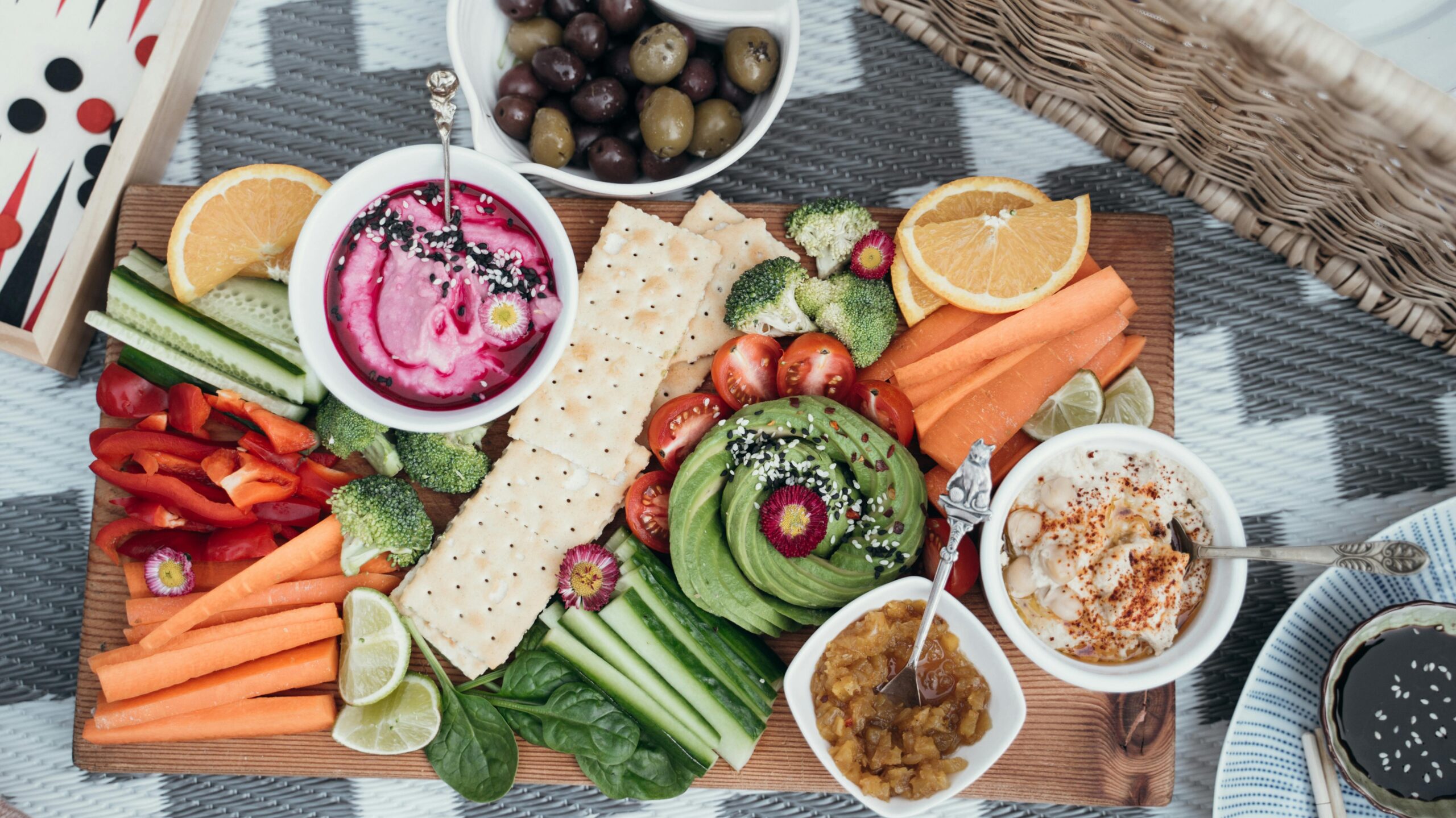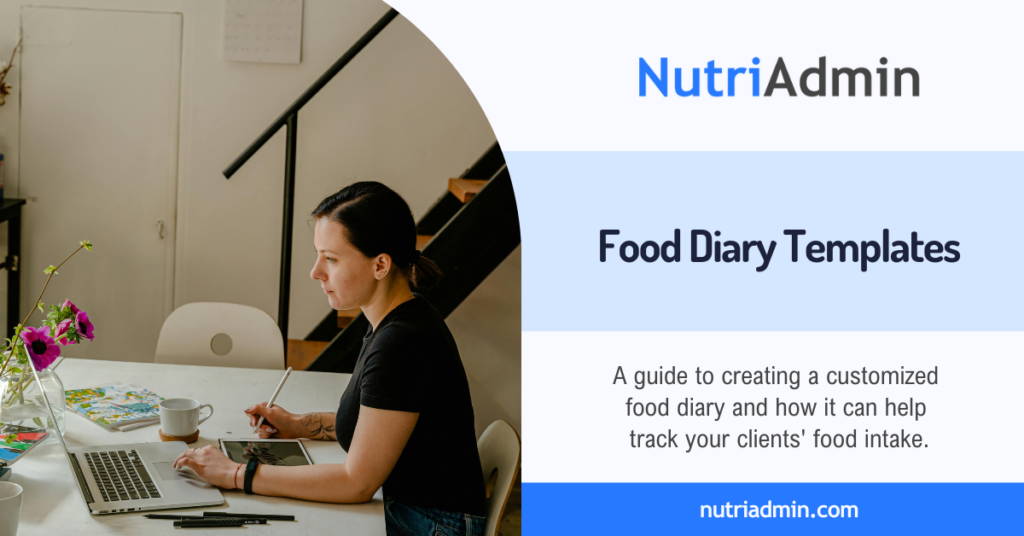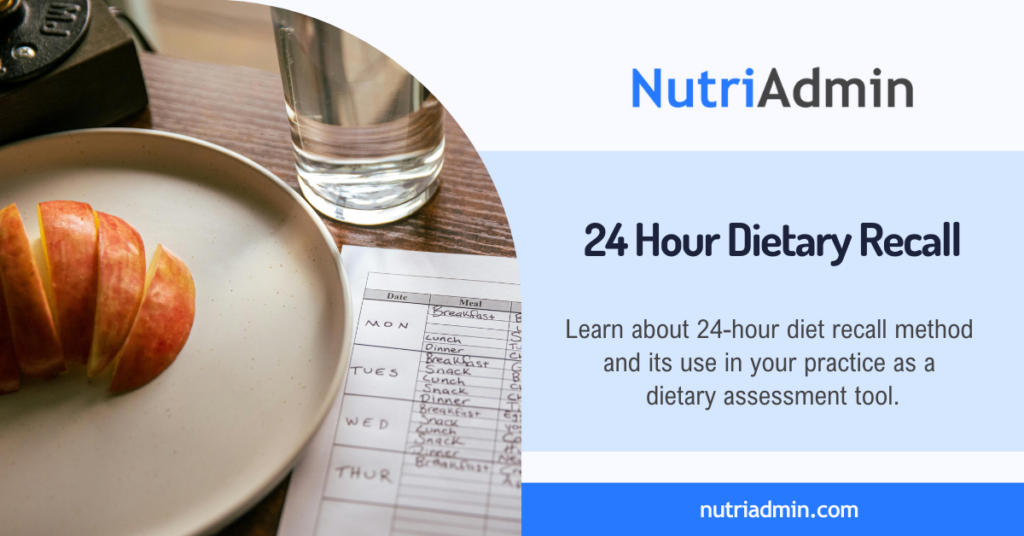Do you want to learn how your clients’ food preferences can influence your approach to making personalized nutrition plans? Are you a nutritionist, personal trainer, health coach, or wellness professional interested in understanding your clients’ food likes and dislikes through a questionnaire? What role do you believe a food preference questionnaire plays in clients’ long-term adherence to their nutrition goals?
I’m Lucy, a Registered Nutritionist Dietitian. In addition to working with diverse clients, I’ve also engaged with various nutrition and wellness professionals through my role at NutriAdmin. In these discussions, food preference consistently emerges as one of the most common topics, particularly in the context of meal planning.
Food Preference
Our food preferences—the foods and flavors we enjoy or dislike—are deeply personal. Factors like culture and family traditions, as well as past experiences with certain foods, shape these likes and dislikes. Understanding a client’s unique food preferences is crucial for nutrition professionals striving to develop effective and sustainable nutrition care plans.

When a plan incorporates a client’s favorite foods, it increases satisfaction and enjoyment, leading to better long-term adherence. Conversely, including disliked foods can discourage clients, hindering progress towards nutrition goals. Understanding these personal preferences helps nutrition professionals give care that fits each client’s needs.
The Purpose of a Food Preference Questionnaire
A well-designed Food Preference Questionnaire provides nutrition professionals with important information about a client’s eating patterns, habits, and food preferences. Understanding a client’s food likes and dislikes allows us to seamlessly weave them into interventions, boosting satisfaction and adherence.
This can help reinforce factors that contribute to achieving clients’ goals, such as motivation to lose weight or maintain positive behavior changes related to food choices and diet.
Similarly, identifying dislikes allows for planning around them, preventing frustration. This allows professionals to make personalized recommendations beyond just meal plans. Think ingredient swaps or cooking techniques that align perfectly with the client’s preferences.
Components of the Questionnaire
A food preference questionnaire can include several components, such as the following:
- Favorite foods and disliked foods
- Preferred cuisines or cultural foods
- Texture preferences (e.g., crunchy, smooth, chewy)
- Cooking method preferences (e.g., raw, roasted, fried)
Depending on the level of comprehensiveness desired for the questionnaires or the specific information needed, questions can be formatted as multiple-choice, rating scale, or open-ended.
Creating an Effective Questionnaire
Creating a user-friendly and well-structured questionnaire that will highlight the clients’ likes and dislikes is important. Moreover, it is important to provide clear instructions using plain language to ensure clients understand how to complete them accurately.
Make sure the questionnaire looks neat and is easy to understand. Arrange the questions in a smart order so they make sense. Ask open-ended questions carefully to learn more about what the client likes and dislikes without making them feel overwhelmed.
Implementing the Questionnaire
This section covers practical steps for using the questionnaire, including when to give it, diverse delivery methods, client follow-up strategies based on results, and tracking changes over time for continued support.
When should this questionnaire be given to clients?
- Initial Consultation: Giving the questionnaire before the initial consultation with a new client helps understand their diet, preferences, and goals right away. This can also help the practitioner formulate follow-up questions to understand the client better.
- Annually: Updating the questionnaire annually helps track changes in diet, preferences, and health over time. This ensures recommendations stay relevant and aligned with the client’s current needs and lifestyle. This is also helpful when you have children as clients, since their preferences change as they grow.
- After Major Life Events: Giving the questionnaire after big life changes, such as pregnancy or major weight changes, helps adjust recommendations to fit new situations. This ensures that nutrition professionals provide personalized care that meets clients’ changing needs.
Delivery Methods
- Paper Format: For nutrition professionals who prefer a traditional approach or primarily see clients in their office, a paper-based questionnaire can be an effective option. During their appointment, clients can easily complete the form, ensuring they answer all questions thoroughly. This format allows you to review responses together and clarify any uncertainties on the spot.
- Free Online Tools: If you don’t have the resources to invest in professional practice management software at the moment, consider utilizing free tools like Google Forms for clients to complete online questionnaires. This approach can streamline your processes and enhance client interaction.
- Software with Online Questionnaire Feature: Consider using professional nutrition software or practice management platforms to integrate the food preference questionnaire directly into the system for a seamless experience. This keeps all client information, including questionnaire responses, organized in one secure location. As clients use the software to complete the questionnaire, it updates their preferences in their profile, saving time and reducing data entry errors.
Food Preference Questionnaire in NutriAdmin
You have the option to design a personalized food preference questionnaire using NutriAdmin. This questionnaire can be conveniently shared with your clients either via email or through their dedicated client portal for seamless communication.
Additionally, you will have access to our default Nutritional Assessment Form, 24 hour dietary recall form, and an official copy of the PAR-Q+ form. You have the flexibility to design and customize your own forms according to your specific requirements and preferences.
PDF Form
The PDF form can come in handy when you need to print a questionnaire on food preferences and dislikes for the client to fill out. Also, feel free to grab a complimentary PDF created through NutriAdmin below.
How does the Food Preference Questionnaire appear in NutriAdmin?
NutriAdmin enables you to share questionnaires with clients via email, the client portal, or as a website widget. You can also share the questionnaire link through emails, messaging apps, or text for client convenience and accessibility.
To experience the online questionnaire feature in NutriAdmin, simply click the button below. By sharing your email, you consent to receive marketing communications from us. You can opt out at any time. Rest assured, the data you submit is solely for demo purposes and will be deleted afterwards.
Client Follow-Up
By reviewing questionnaire responses before the initial consultation, nutrition professionals gain an initial understanding of clients’ food likes and dislikes. This allows them to ask targeted follow-up questions to better comprehend clients’ preferences and provide personalized interventions accordingly.

Moreover, gaining a comprehensive understanding of clients’ eating habits plays a crucial role in effective nutrition intervention. Details such as their preferred cuisines, dining frequency, meal preparation methods (e.g., cooking at home or dining out), and dietary preferences are key elements that form the foundation for creating customized and impactful dietary strategies to promote healthier lifestyles and well-being.
When creating effective meal plans, it is important to carefully assess their compatibility with individual needs and goals. An effective approach involves not only assessing meal plan compatibility but also providing comprehensive nutrition education.
Additionally, offering a variety of food alternatives that align with clients’ specific eating habits and preferences can significantly enhance the overall success and satisfaction of the meal planning process.
Conclusion
As a nutrition professional, understanding your client’s food preferences is crucial in creating a personalized nutrition plan. That’s where the food preference questionnaire comes in handy.
This questionnaire enables you to gain insight into your client’s food likes and dislikes, allowing you to ask targeted follow-up questions during the initial consultation.
NutriAdmin makes the process even more convenient by allowing you to share questionnaires with clients via email or as a website widget.
By delivering this questionnaire before the consultation, you’ll be able to pinpoint the client’s food preferences and create a nutrition plan tailored to their needs. Effective questionnaires are an invaluable tool in the field of nutrition, offering insight, and allowing you to provide the best recommendations possible for your clients.




